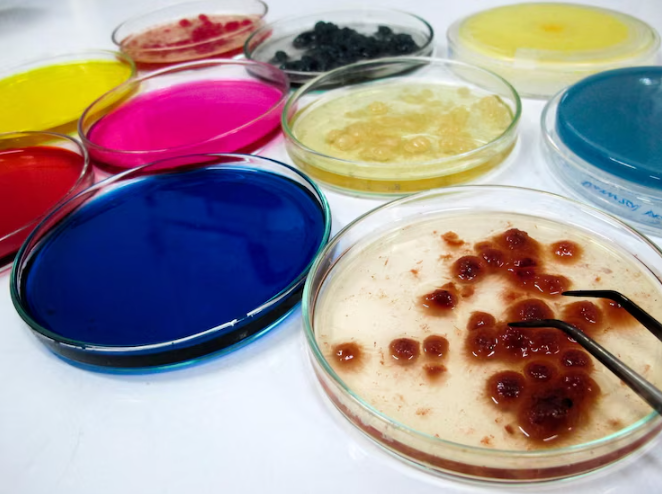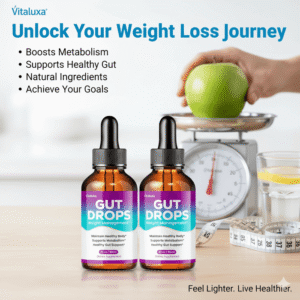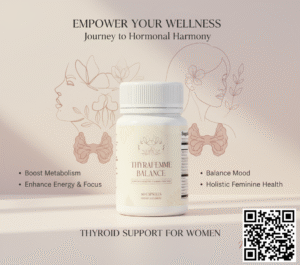Protein A Antibody Purification with High Yield Output: Your Ultimate Researcher’s Guide
If you’re deep in the world of antibody-based research or biologics production, you already know that purification isn’t just another...

If you’re deep in the world of antibody-based research or biologics production, you already know that purification isn’t just another step—it’s the step. Whether you’re running Western blots or developing therapeutics, the quality and yield of your antibody prep can make or break the outcome. And when it comes to achieving high-purity antibodies with maximum recovery, Protein A affinity purification remains one of the most powerful tools at your disposal.
In this detailed guide, you’ll learn how to harness Protein A chromatography for maximum antibody yield and purity—whether you’re in a small academic lab or an industrial bioproduction facility. Get ready to optimize your process, prevent losses, and push your productivity to the next level.
Why Protein A is Your Best Friend in Antibody Purification
Let’s start with the “why.” Protein A is a cell wall component originally isolated from Staphylococcus aureus. It binds with high affinity to the Fc region of immunoglobulin G (IgG), specifically human IgG1, IgG2, and IgG4, and many subclasses of IgGs from other species. This makes it a gold-standard reagent for monoclonal and polyclonal antibody purification.
Here’s what you get by using Protein A:
- High specificity for IgGs, minimizing contamination from other serum proteins
- Single-step purification yielding >90% pure antibodies
- Scalability from microgram to kilogram quantities
- Compatibility with automated systems like FPLC for reproducibility
For anyone working with antibodies—whether for research, diagnostics, or therapeutics—Protein A chromatography is one of the most efficient and dependable purification methods available.
Getting Started: Materials and Equipment Checklist
To run a smooth and high-yield Protein A purification, you’ll need the following:
Pre-packed or custom-packed Protein A column (gravity, spin, or FPLC-compatible)
Binding buffer: Typically 20 mM sodium phosphate, pH 7.0
Wash buffer: Same as binding buffer or PBS
Elution buffer: 0.1 M glycine-HCl, pH 2.7–3.0
Neutralization buffer: 1 M Tris-HCl, pH 9.0
Optional: protease inhibitors, filtration units (0.22 µm), UV spectrophotometer
Having a consistent workflow setup before you begin not only ensures success—it also protects your precious antibody from avoidable degradation or loss.
Step-by-Step Protocol for High-Yield Protein A Purification
Clarify Your Sample
Whether you’re starting from hybridoma supernatant, ascites fluid, or serum, you need a clean starting point.
- Centrifuge at 10,000 x g for 15 minutes to remove particulates
- Filter through a 0.22 µm membrane to prevent clogging
- Add protease inhibitors if you’re working with labile samples
Sample clarity directly affects resin longevity and flow rate consistency.
Equilibrate the Column
Equilibrate your Protein A column with 5–10 column volumes (CVs) of binding buffer. This step adjusts the pH and ionic strength to create optimal conditions for antibody binding.
If you’re using FPLC, monitor UV absorbance at 280 nm to confirm a stable baseline before loading.
Load Your Sample
Apply the clarified sample slowly and consistently.
- Gravity columns: Allow gravity to do the work—avoid rushing.
- Spin columns: Centrifuge at recommended speed (e.g., 1000–2000 x g)
- FPLC: Use a low flow rate (0.5–1.0 mL/min for 1 mL columns)
Slow loading maximizes the binding of antibodies to the Protein A ligands.
Wash the Resin
Wash the column with 10 CVs of wash buffer. This step removes weakly bound proteins and ensures only high-affinity antibodies remain attached.
Watch the absorbance at 280 nm—once it returns to baseline, you’re ready to elute.
Elute the Antibody
Elution is done with a low pH buffer (usually pH 2.7–3.0). The acidic environment disrupts the antibody–Protein A interaction.
- Collect 0.5–1.0 mL fractions
- Immediately add 1/10 volume of neutralization buffer to each fraction
Never skip the neutralization—antibodies degrade quickly at low pH.
Analyze and Store
Test the purity and concentration using:
- UV spectrophotometry at 280 nm
- SDS-PAGE for molecular weight and purity assessment
- ELISA or Western blot to verify function
Store at 4°C for short-term (days) or -20°C with 50% glycerol for long-term use.
Click This Link to download a printable worksheet for tracking your antibody purification steps, yields, and conditions.
Pro Tips for Maximizing Yield
High output doesn’t just happen—it’s the result of smart decisions. Use these tips to elevate your results:
Optimize pH and buffer conditions: Even small changes affect binding efficiency.
Avoid overloading the resin: More sample doesn’t always mean more antibody.
Filter everything: You’ll avoid clogs, variability, and lost product.
Recycle your resin wisely: Clean after each run with 0.1 M NaOH and store in 20% ethanol.
Look at this web-site to see comparison charts of Protein A resins and their binding capacities across different subclasses and manufacturers.
Automation and Scaling: Go Big Without Sacrificing Quality
Need to purify antibodies at scale? Great news—Protein A purification scales beautifully:
Small scale: Spin columns and gravity columns (0.1–10 mg yield)
Mid scale: FPLC-compatible cartridges (10–500 mg yield)
Large scale: Bulk resin in process columns (up to grams or kilograms)
Automation using systems like ÄKTA Pure or Bio-Rad NGC lets you process multiple samples with consistent yields and real-time UV monitoring.
Visit this page to explore Protein A resin formats that are optimized for scale-up and compatible with GMP production environments.
Regenerating and Reusing Protein A Columns
You can reuse Protein A columns multiple times if you treat them well. Follow this regeneration cycle:
Elute remaining bound proteins with glycine buffer
Wash with 5 CVs of 1 M NaCl
Sanitize with 0.1 M NaOH (if the resin supports it)
Store in 20% ethanol at 4°C
Keep a log of usage cycles and test performance periodically with a known antibody.
Troubleshooting Common Issues
Even seasoned scientists run into trouble sometimes. Here’s how you can fix frequent problems:
Low yield: Ensure proper pH in binding buffer, and that your antibody binds to Protein A.
High contamination: Increase wash volumes or perform a second round of purification.
Antibody degradation: Neutralize eluate immediately; keep everything cold.
Clogging: Filter all samples and buffers; never reuse a blocked column.
Keeping detailed records of your buffer compositions and elution profiles will help you identify issues early.
Final Thoughts: Protein A is a Productivity Multiplier
As someone working at the frontline of bioscience or therapeutic development, you can’t afford low yields or inconsistent results. Protein A purification gives you a powerful, streamlined, and reproducible way to isolate antibodies—whether you’re producing 50 µg for a research project or 5 grams for a preclinical study.
By following best practices and investing in a reliable workflow, you’ll consistently get the high yield, high purity output that modern applications demand.
So go ahead, calibrate your pH, track your fractions, and let Protein A do the heavy lifting.
Need help building out a full antibody production pipeline? I’d be happy to help map out a workflow, compare resins, or build automation steps tailored to your lab setup.




